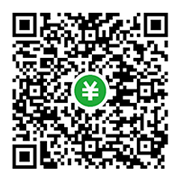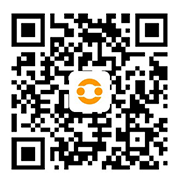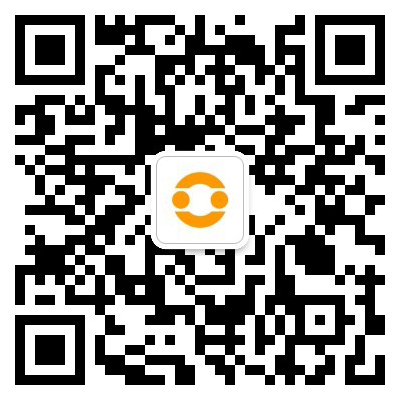Living across different continents has taught me a lot about juggling convenience and safety, especially when it comes to managing finances online. As someone who frequently uses Citi Hong Kong\’s online banking while hopping between cities like London, Tokyo, and Sydney, I\’ve picked up a few hard-earned lessons. It\’s not just about avoiding hackers; it\’s about making security feel effortless, so you can focus on your life without constant worry. Over the years, I\’ve seen friends lose savings to scams or face login nightmares, and that\’s pushed me to refine my approach.
One thing I swear by is crafting unique passwords for each account, not just recycling the same old combo. I learned this the hard way after a minor breach in my email years ago—criminals often test stolen passwords across multiple sites. For Citi HK, I use a mix of random words, numbers, and symbols that mean something personal but aren\’t obvious, like combining a childhood memory with current events. Storing them in a reputable password manager app saves me from the headache of forgetting, and it syncs across devices seamlessly. It’s amazing how this simple habit cuts down fraud risks without slowing me down during quick transfers or bill payments.
Enabling two-factor authentication adds that extra layer of peace without complicating access. When I set it up for my Citi account, I opted for SMS codes initially, but after a trip where I lost signal in a remote area, I switched to authenticator apps like Google Authenticator. Now, it’s second nature—just a quick tap on my phone for a code, and I’m in. This step has blocked several suspicious login attempts flagged by Citi’s system, reminding me that banks invest in tech to protect us, but we need to activate these features ourselves.
Staying alert to phishing scams is non-negotiable in today\’s world. I recall a close call last year when an email mimicked Citi HK perfectly, urging me to \”verify\” details due to \”suspicious activity.\” The logo looked real, but the URL had a tiny misspelling. Trusting my gut, I didn’t click; instead, I logged in directly through the official app. Educating myself on common tricks—like urgent requests or too-good-to-be-true offers—has become routine. Now, I hover over links before clicking and report anything fishy to Citi immediately. It’s not paranoia; it’s smart vigilance that keeps access smooth.
Keeping devices secure is another cornerstone I emphasize. Whether I’m banking from a café in Paris or my home office, I ensure my phone and laptop have the latest updates. Outdated software is a goldmine for exploits. I also avoid public Wi-Fi for financial tasks unless I’m using a trusted VPN, which encrypts data and prevents snooping. On trips, I enable biometric logins like fingerprint or face ID on my devices, so even if they’re lost, my accounts stay locked down. This balance of tech and habit means I can handle transfers or check balances in seconds, anywhere.
Regularly monitoring my Citi account activity has saved me from bigger headaches. I make it a habit to skim through transactions weekly—not obsessively, just enough to spot anomalies early. Once, I noticed a small, unfamiliar charge; it turned out to be a test before a larger theft. Reporting it fast got everything resolved. Tools like Citi’s alerts for unusual logins or withdrawals add an automated safety net. By integrating these practices into daily life, security feels less like a chore and more like a trusted routine, freeing me up for what matters.
评论:
 微信扫一扫打赏
微信扫一扫打赏
 支付宝扫一扫打赏
支付宝扫一扫打赏

